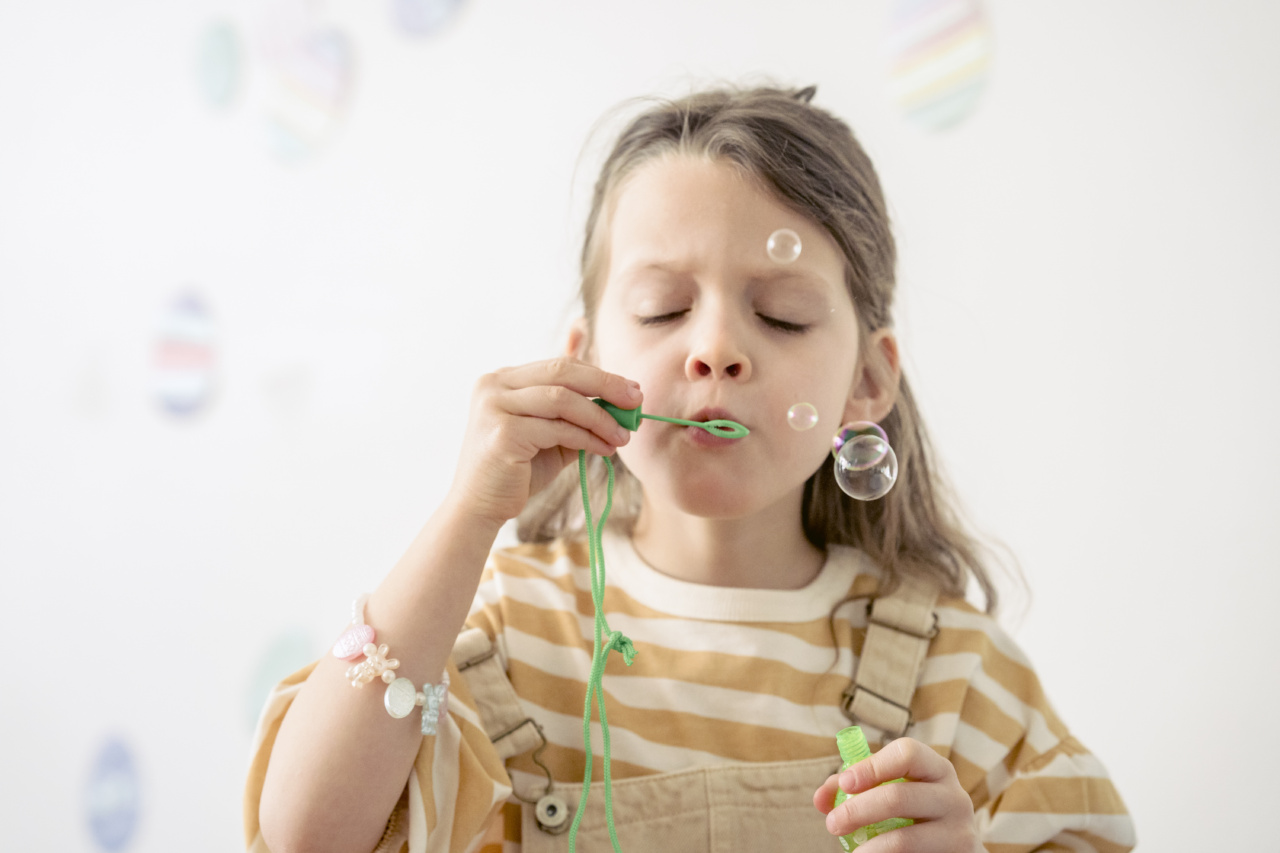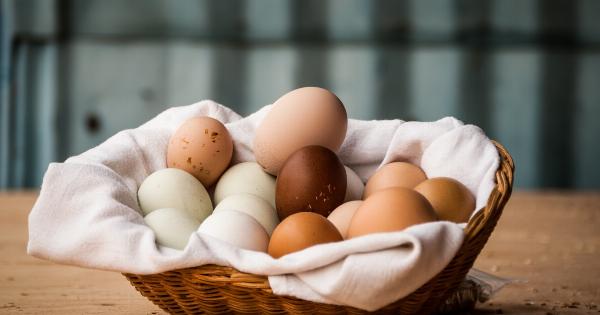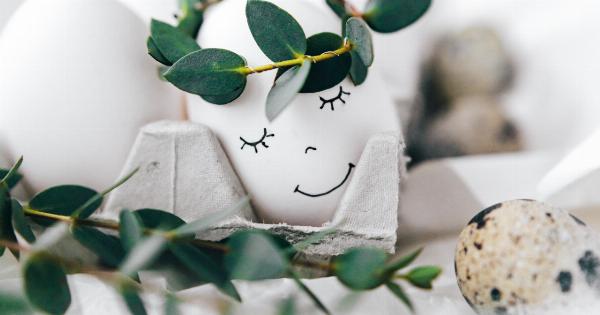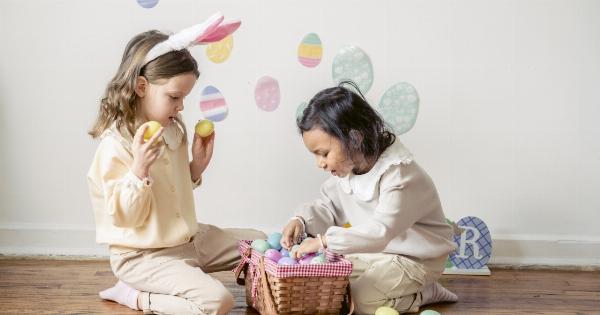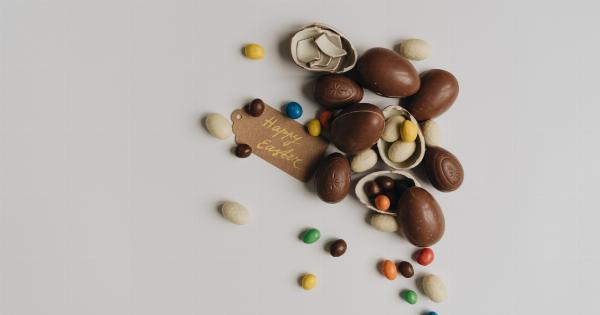Easter is a wonderful time to engage in fun activities with family and friends, and one of the most popular traditions is decorating Easter eggs.
Whether you dye them, paint them, or use other creative techniques, decorated eggs add a festive touch to any Easter celebration. But how long can you store these beautiful eggs? This article explores the longevity of decorated Easter eggs and provides useful tips for preserving them.
1. Fresh eggs vs. hard-boiled eggs
When it comes to storing decorated Easter eggs, it’s essential to understand the difference between fresh eggs and hard-boiled eggs.
If you plan to dye or paint fresh eggs, keep in mind that they are perishable items and require refrigeration to prevent spoilage. Fresh eggs should not be left unrefrigerated for more than two hours, as bacteria can multiply rapidly at room temperature.
On the other hand, if you prefer to decorate hard-boiled eggs, they can be stored at room temperature or in the refrigerator, depending on your preferences and how long you want to keep them.
2. Room temperature storage
If you plan to display your decorated Easter eggs as decorative pieces or use them for an Easter egg hunt within a day or two, room temperature storage can be suitable.
Make sure the eggs are properly dried and not touching any moisture or liquids that can cause them to spoil quickly.
Decorated eggs that are stored at room temperature are safe to consume for up to one week, provided they are not cracked or damaged.
However, keep in mind that room temperature storage increases the risk of bacterial growth, so it’s crucial to monitor the eggs’ condition and discard any that show signs of spoilage.
3. Refrigerator storage
If you want to extend the shelf life of your decorated Easter eggs, refrigeration is the way to go.
Place the eggs in an airtight container or wrap them individually in plastic wrap to prevent them from absorbing odors from other foods in the refrigerator.
Properly refrigerated, hard-boiled decorated eggs can last up to one week without any significant changes in quality.
However, it’s important to keep in mind that excessive handling, moisture, or condensation can still affect the eggs’ appearance and overall quality, so handle them with care.
4. Tips for preserving decorated Easter eggs
Preserving decorated Easter eggs can be a challenging task, but with these simple tips, you can ensure they stay fresh and beautiful for as long as possible:.
a) Keep the eggs dry
Moisture is one of the biggest enemies of decorated Easter eggs. Make sure the eggs are completely dry before storing them. Excess moisture can cause the dye or paint to run, spoil the eggs, and promote bacterial growth.
Allow the eggs to air dry completely before placing them in storage.
b) Avoid direct sunlight
The vibrant colors on decorated Easter eggs can fade when exposed to direct sunlight for prolonged periods. Ensure you store the eggs in a cool, dry place away from direct sunlight to maintain their appearance.
c) Handle with care
Decorated Easter eggs can be fragile, so handle them gently to avoid cracks or damage that can compromise their integrity. Always hold the eggs from the bottom, using a soft touch, and refrain from dropping or bumping them against hard surfaces.
d) Use non-toxic materials
When decorating eggs, especially if you plan to consume them later, it’s crucial to use non-toxic materials.
There are numerous safe and food-grade dyes and paints available for Easter egg decorating, ensuring that the eggs remain free from harmful substances.
e) Keep them away from strong odors
Eggs, including decorated Easter eggs, can absorb strong odors from their surroundings. Store them away from pungent-smelling foods like onions, garlic, or strong spices to prevent unpleasant taste or smell.
f) Store individual eggs
To minimize the chances of one damaged egg affecting the others, it is best to store decorated Easter eggs individually. This way, if one egg starts to spoil or crack, it won’t affect the rest of your beautiful creations.
5. Signs of spoilage
Knowing the signs of spoilage can help you identify which eggs are safe to consume and which ones should be discarded. If you notice any of the following signs, it’s best to err on the side of caution and dispose of the eggs:.
a) Unpleasant odor
If the eggs emit an off-putting smell, it could indicate bacterial growth or spoilage. Trust your sense of smell and discard any eggs with a foul odor.
b) Mold or discoloration
Mold growth or significant discoloration on the eggshell is a clear indication of spoilage. Mold can penetrate the shell and contaminate the egg, rendering it unsafe to eat.
c) Sliminess or excessive moisture
Decorated Easter eggs should have a smooth and dry surface. If you notice any sliminess or excessive moisture on the eggshell, it’s a sign that bacteria might be present.
d) Cracks or leaks
Eggs with cracks or leaks, whether they’re decorated or not, should never be consumed. Cracks provide a pathway for bacteria to enter the egg, increasing the risk of foodborne illnesses.
Conclusion
Decorated Easter eggs are not only beautiful but also a symbol of joy and tradition. While fresh eggs require refrigeration, hard-boiled decorated eggs can be stored at room temperature or in the refrigerator.
By following proper storage techniques and handling them with care, you can enjoy your Easter eggs for up to one week. Remember to watch out for signs of spoilage and discard any eggs that exhibit strange odors, mold growth, sliminess, or cracks.
With these tips in mind, your decorated Easter eggs will stay fresh, beautiful, and safe to enjoy throughout the Easter season!.
